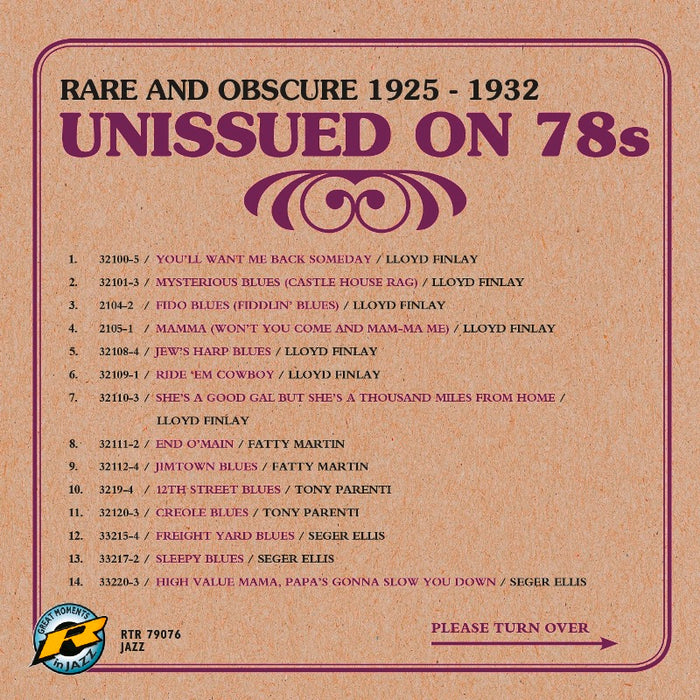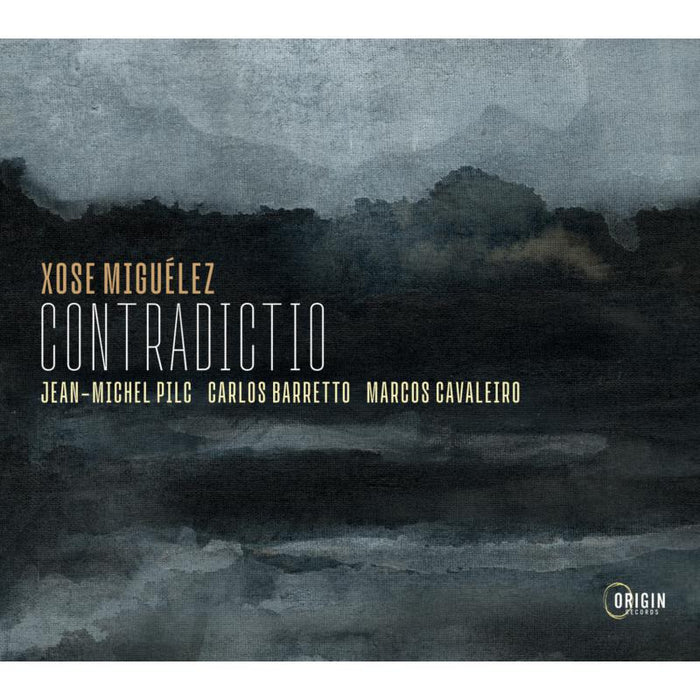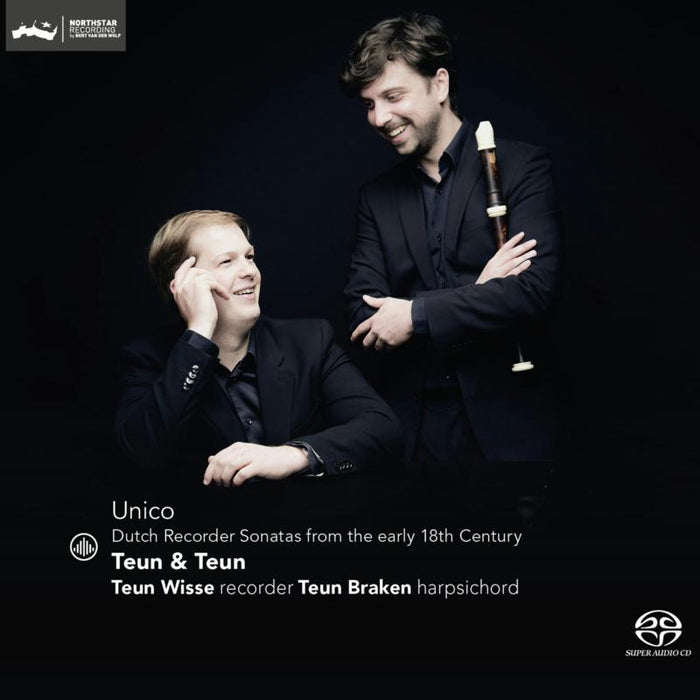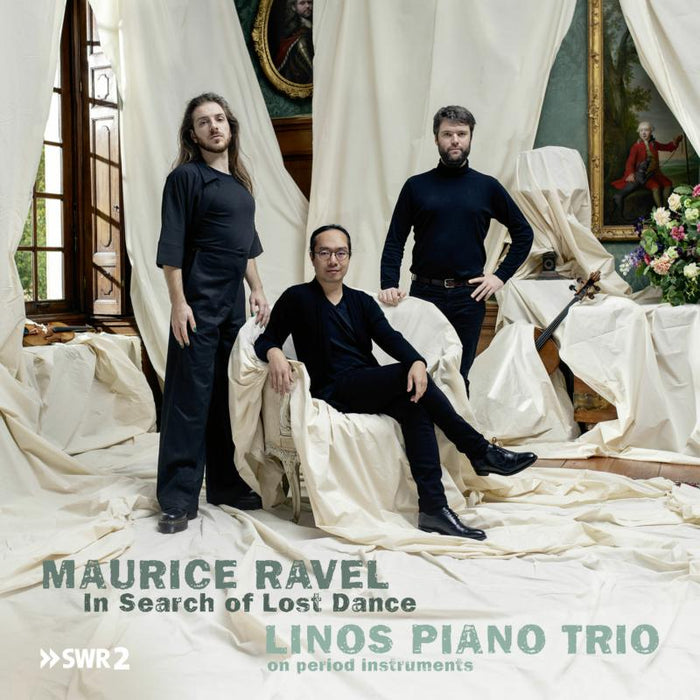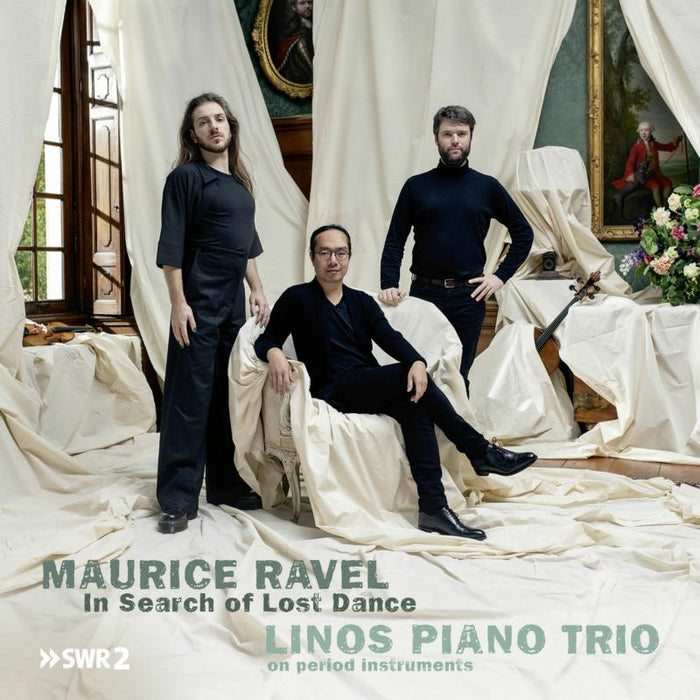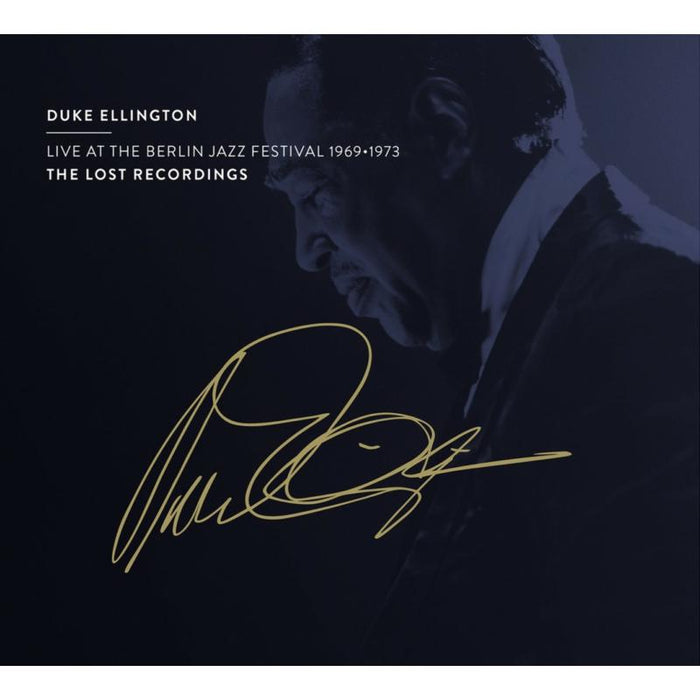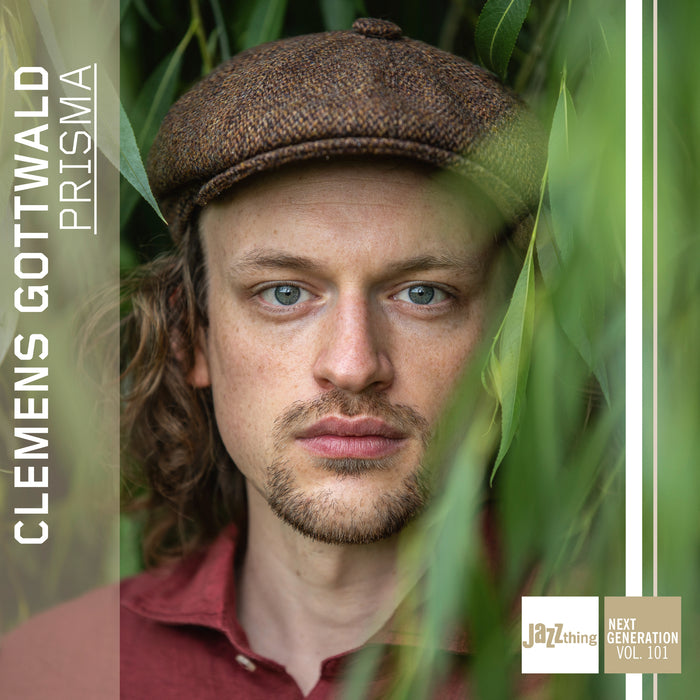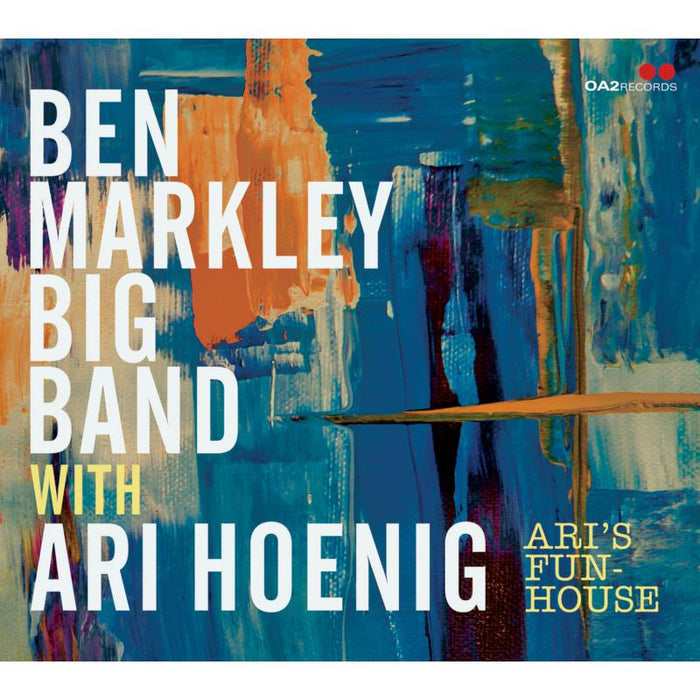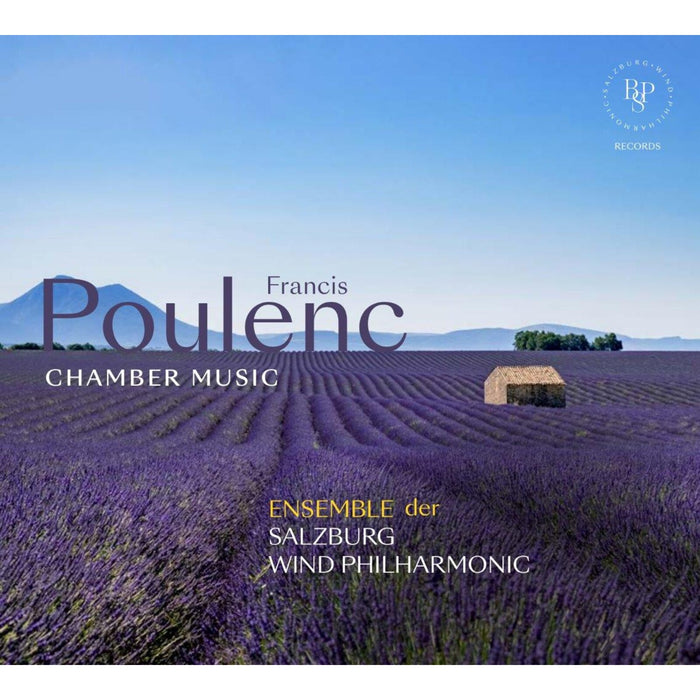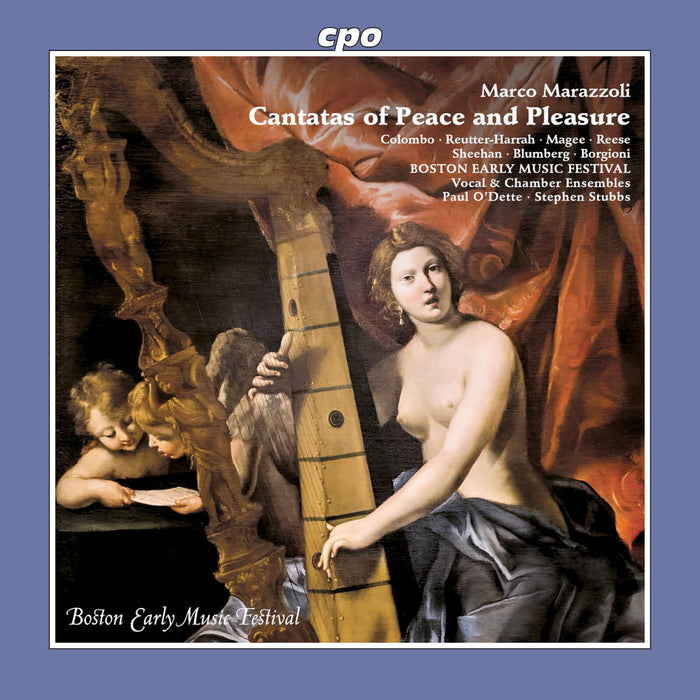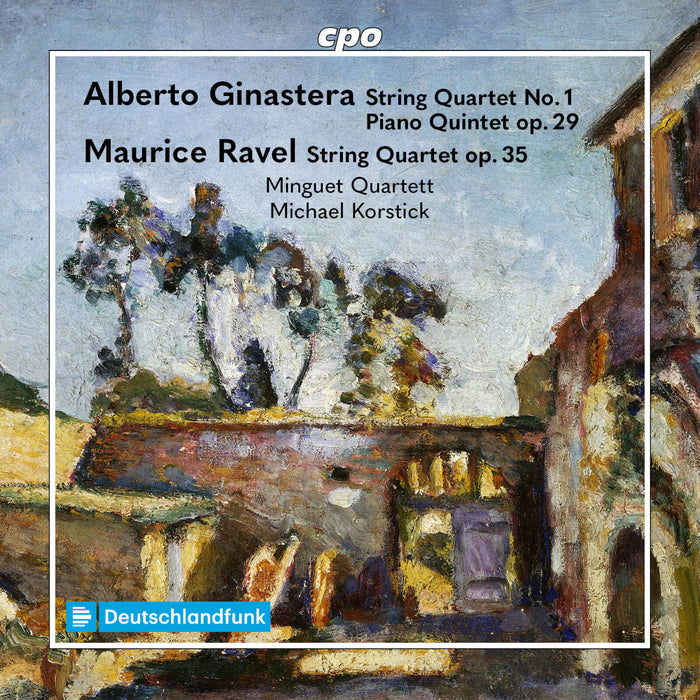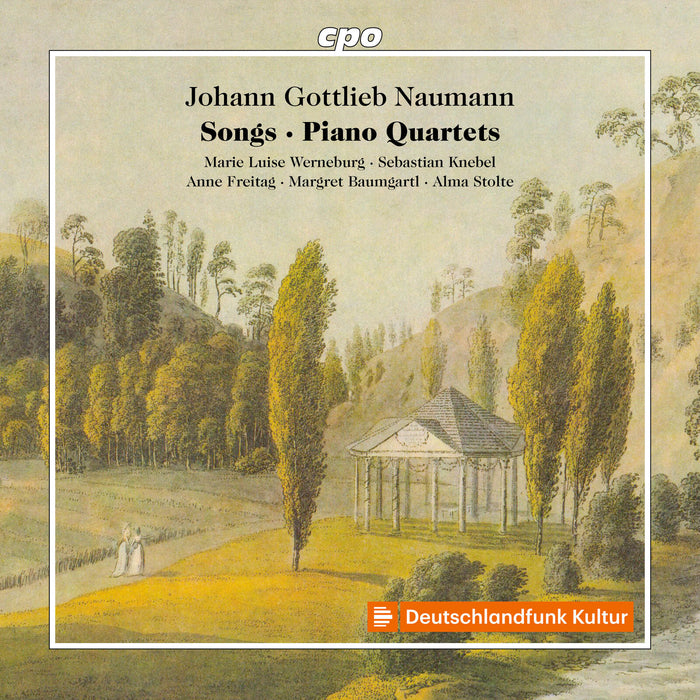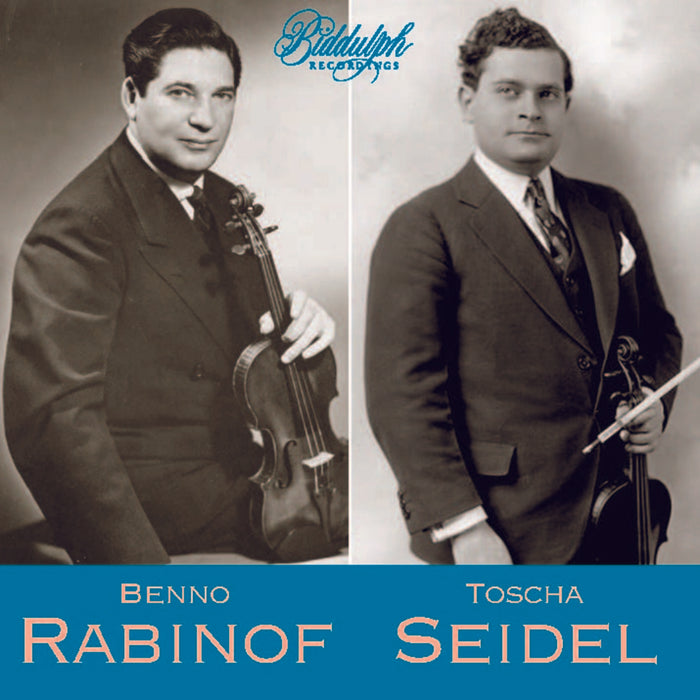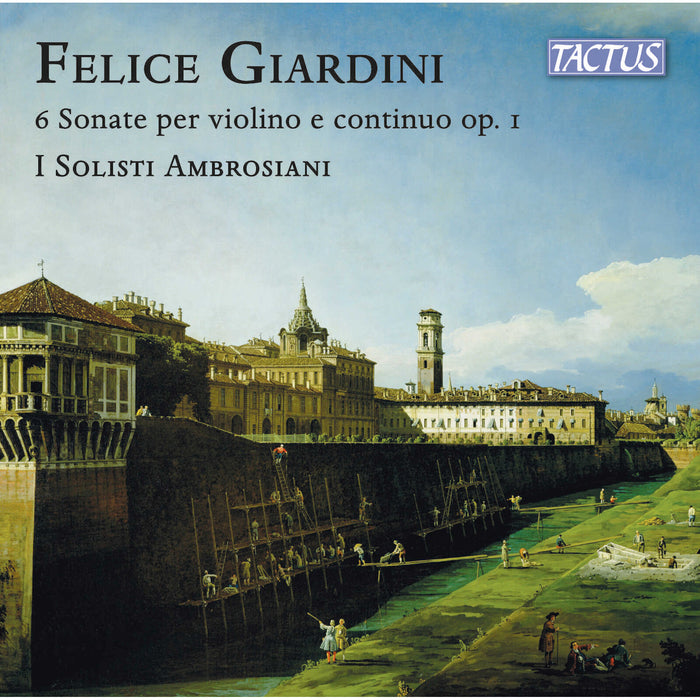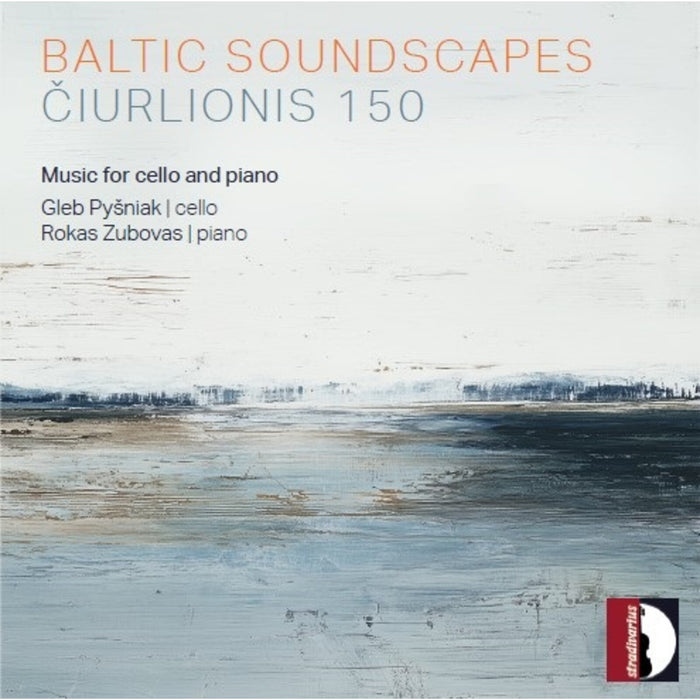Description
This debut recording from the Pearls in Baroque Chamber Orchestra couples the last Violin Concerto (1769) by Joseph Haydn with the Double Concerto for Viola and Harpsichord (1762) by his brother Michael: two rarely recorded early Classical gems.
Joseph Haydn (1732-1809) wrote four violin concertos, only three of which survive (No 2 is lost). One of them is the Violin Concerto in G Major, Hob. VIIa/4, also known as Violin Concerto No. 4. It was composed around 1769, when he was the Kapellmeister at the Esterhazy court.The style is typical of Haydn's concertos of this period: very similar, for example, to his Cello Concerto in C Major. The orchestral scoring is for strings only. In this concerto, Haydn offers a full exposition of the aspects and attractions of the violin with elegant simplicity.
Michael Haydn (1737-1806) was one of the most accomplished composers of church music in the later 18th century. He was the younger brother of Joseph Haydn and an intimate friend of Wolfgang Amadeus Mozart (1756-1791). The Concerto for Harpsichord (or Organ) and Viola is an early work that was composed between the years 1757 and 1762 when Haydn was Kapellmeister to the bishop of Grosswardein in Hungary (now Oradea in Romania).
The combination of harpsichord and viola is very rare in Baroque music. Although Michael Haydn could have considered pairing, for example, the violin and the harpsichord, the warm sound of the viola supports the harpsichord perfectly well.
"Terakado and Amano set the standard in Michael's double concerto" – Gramophone



